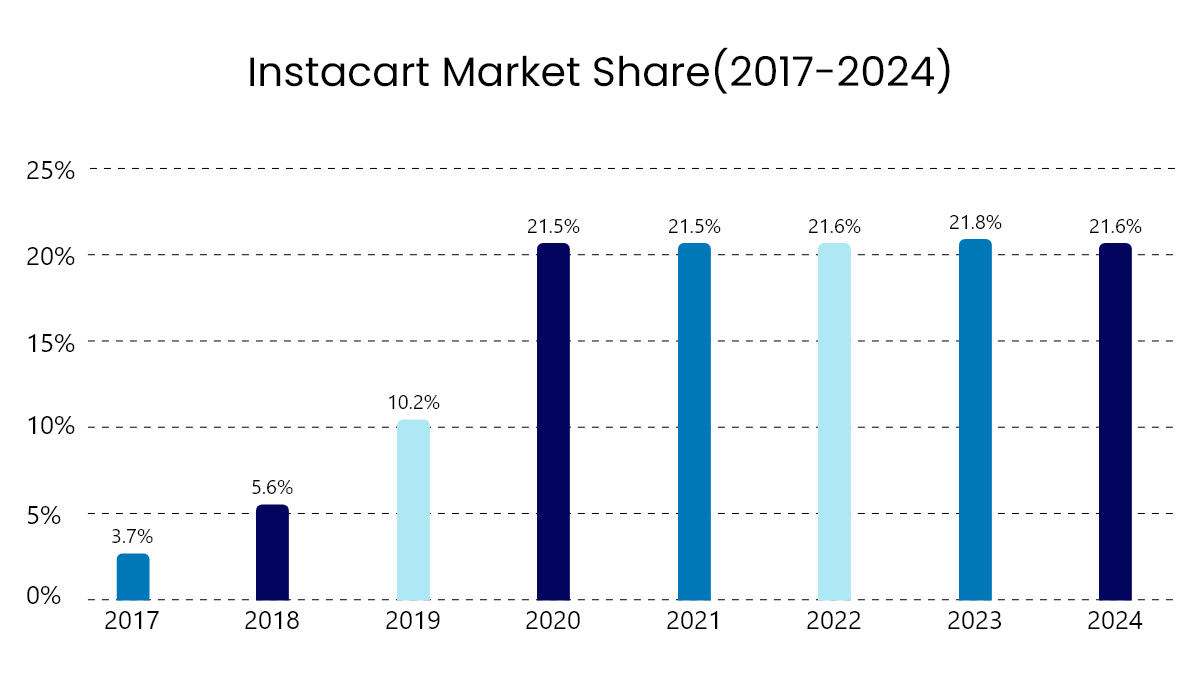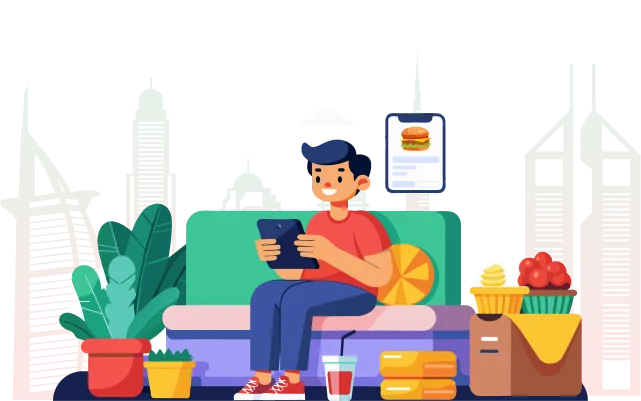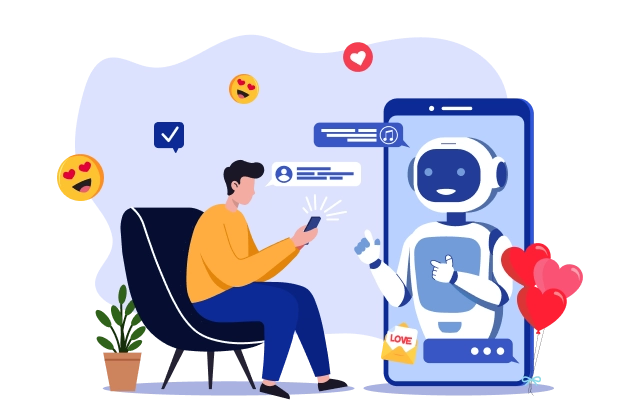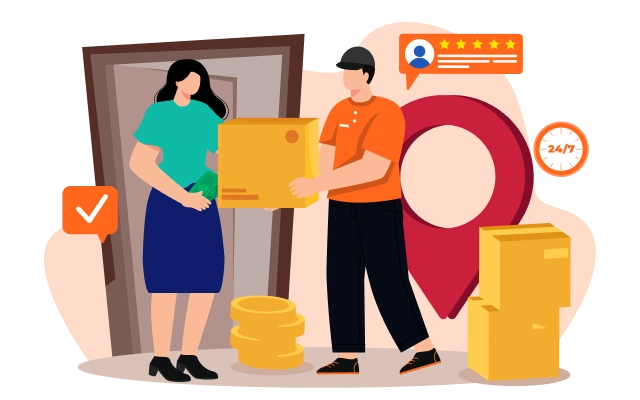Fed up with buying your groceries regularly? Is it frustrating for you to make a whole list of the required items, and go to the store? Do you have to travel long distances to purchase groceries from your favorite supermarket or shop? then you start wondering if the items you bought are fresh or not.
If you find these difficulties in your day-to-day life. Then just take out your phone from your pocket, search for online groceries delivery services, and see how blissful life we have been living! The online service is not less than a genie, make a wish for whatever you want food, groceries anything, you will find in your hands with just a blink of your eye.
There are multiple online services that serve their customers in various categories. But the grocery is what we need daily basis in our home. let us have a look at the well-known online grocery delivery service provider – Instacart, And its Business model. After that, you might feel like becoming a member of the family of customers.
What is Instacart?
Instacart is an on-demand grocery delivery app or platform, which delivers your grocery items to your home. The company was established in June 2012 by Apoorva Mehta, Brandon Leonardo, and Max Mullen. This American-based company offers service via website and mobile application. It allows the customers to order groceries or other essentials from participating retailers or shoppers.
They also focus on delivering your all orders as soon as possible or within an hour. This technology-driven business is trying to make grocery shopping as convenient as possible in the USA. Not only that it is also one of the most promising brands, based on its sharing economy model. The Instacart Business Model is becoming so popular among entrepreneurs that they are now keeping eye on it and are curious about how it’s working. Which helps it to grow.
How Does Instacart Work?
Basically, Instacart follows its economic business model. As said earlier that it provides an on-demand grocery delivery service to its customers by connecting with multiple local grocery stores through it. It also gives a perfect opportunity for the grocery stores to represent and sell their products available in the stores. Not only that they can also reach out to more customers and make their business grow at a wide range. The customers are supposed to install that application on their phones and explore the grocery stores list who serve online. The customers can search for the products, set the quality they want, confirm the order and make payment. Instacart charges convenient fees like delivery charges and service fees from the grocery stores on the order request.
Instacart: Features & Facts
- The company is serving in major cities of the USA like, New York, Washington DC, Los Angeles, Philadelphia, San Jose, and Seattle.
- It provides opportunities for the part-time worker and also cars to work with them.
- It never chooses harsh treatment on its inventory.
- It runs a chain of tie-ups in numerous grocery shops in most parts of the USA. It consists of more than 300, 000 stores. Moreover, It is making efforts to increase the chain of stores.
- It does not possess any warehouses.
- Instacart promises to deliver your ordered groceries within an hour. Which resulted in the fastest online grocery delivery platform in the USA.
Instacart: Customer Segment Explained
Like others, Instacart’s Business Model is based on more than one segment. Its business Model is a decent blend of the Airbnb and Uber models. Explore the Instacart strategy to understand the fusion and the segments which are included in it.
Users:
- Users can order groceries from local stores using the Instacart app or directly through the web interface.
- Users can place an order from various stores.
- Users can use any device such as Phone, Desktop, Laptop, or tablet to place an order.
- They can directly pay through the app using online money transfer methods.
- Users can schedule order requests and complete payment online during checkout.
Delivery Providers:
- The delivery partners (shoppers) get notified when customers place the order request.
- The providers are always near the grocery stores, as it saves the time of customers and providers as well.
- They pick up the orders and deliver them to the preferred location at a respective time.
- They get paid based on their hours and apart from that they also receive tips from the customers.
Stores:
- Instacart has a tie-up with most of the supermarkets and stores available in major cities.
- These stores and markets can massive revenue through online sales.
- The platform helps them to enhance their business reach by satisfying the demand for more customers and also increasing their online visibility.
It’s time to go a little deeper into the Business Model.
Instacart Business Model and Revenue
Basically, The Instacart Business Model rotates around the “principle e-commerce” principle. In, consumers pay a fixed fee for regular delivery of their groceries, providing them convenience and eliminating the effort of going to a grocery store.
Instacart is one of the most renowned investing platforms for investors because of its stable business model and immense growth. This grocery delivery giant managed to earn $1.8 billion in annual revenue in 2021. It is predicted that Instacart sales will reach $35 billion by 2023. Instacart has around 9.6 million active users. The report shows massive growth in InstaCart online grocery sales by 2024. Average Instacart users use the app twice a month, and they spend appx. $95 per order.
The fundamental reason for Instacart’s success and remarkable performance is that it is not dependent on any inventory management. It has a direct partnership with grocery stores. It mainly focuses on providing an excellent grocery delivery service to its customers, making it a leading platform in the competitive market.

Instacart Business Model and Revenue
- Great Collaboration with supermarkets & Stores
- Part-time workers or freelancers
- Appreciating delivery service
- Good investors base
- And Dedicated workers
Instacart Expense:
- Promotional and advertising costs
- Technological set-ups and Maintenance expenses
- Payment to the shoppers
- Employees salaries

Now Let us also take a look at How Instacart makes Money, It has revenue streams as follows:
Delivery: It charges fees starting from $3.99 for delivery of over $35 groceries on the same day. However, the prices vary as per However, the price varies as per the delivery segment like club store deliveries, one-hour deliveries, and deliveries under $35.
Service fees: Service fees also vary and are subject to change depending on factors such as location, number, and types of things in customers’ shopping carts. In addition, Orders that contain alcohol are charged a separate service fee.
In-app Advertising:Instacart average cost-per-click (CPC) prices are reported to be $0.35-$1.50 per click.
Instacart membership: It also offers a membership program to serve their customer even better. The membership costs $99 yearly basis.
Wrapping it up:
As we have gone through above what is Instacart? And It’s Business Model. However, there may be several regions where services that Instacart offers are not available, but the audience loves to use it.
With such a distinctive approach and business plan, the Instacart business model is a sustainable and also reliable. And to satisfy the demand of the market, grocery stores have already started to take their shops online with the help and support of an app development firm. Instacart is the best online grocery shopping app that is trusted by above $10 million active users. Now, It remains to be seen how Instacart takes from here. If you are thinking to start your own grocery delivery app like this, then this business structure will definitely be worth implementing.
A Seamless mobile app and website will be quite a vital aspect of starting a grocery business. You could go with custom app development or buy a ready-made Instacart clone app solution. That can be started instantly at a low cost.
If you have any queries regarding the Instacart Business Model or building your own mobile apps for it? Let’s talk. We are here.











